MADAGASCAR CYCLONE ENAWO [UPDATE: March 13th, 2017]
On March 7th at approximately 0900 local time a very powerful category 4 cyclone (Enawo) came ashore approximately 20km north of the town of Antalaha in the center of the vanilla region of Madagascar. With winds speeds of up to 200km/hr. and moving only at 10km/hr. the storm wreaked havoc and destruction on the town of Antalaha and the surrounding regions. The town is over 80% destroyed and surrounding villages where dwellings are mostly vegetative were completely obliterated by winds and flash flooding. The coastline is destroyed over dozens of kilometers and littered with the debris of fallen trees and dead animals. Public infrastructure has been severely damaged and electricity and phone service cut off. The death toll continues to rise as aid reaches furthers into the countryside where rural communities are still completely cut off. The most immediate challenges for the local population are safe drinking water, food and shelter.
It goes without saying that a long period of rehabilitation and reconstruction lies ahead for the people and communities in this area of Madagascar. As more details emerge, we expect to be actively engaged in these efforts and we encourage others who are directly involved in this part of Madagascar to do so as well.
As for vanilla, it is far too early to gauge the full impact of the cyclone on the current (2017) and future crops. Initial reports are suggesting that up to 30- 40% of this year’s overly harvest could be affected, however, considering the enormous geographic area where vanilla is farmed, when compared to the actual track of the storm, we feel this number is overly pessimistic. The impact on future crops will depend on how many vanilla vines were actually destroyed as opposed to just having the green vanilla beans blown off. We believe it will take several weeks or even longer before the situation on the ground can be properly assessed. One can assume however that the 2017 crop will be negatively impacted both in terms of quality and overall production.
It is very important to understand that there will still be a viable vanilla crop in 2017 and not to over react to the current situation. There are many alarmist rumors circulating, some no doubt designed to make nervous buyers react impulsively. Extreme caution should be exercised when considering any offers immediately post cyclone. The 2017 crop was in fact expected to be 20-30% larger than 2016. Pricing for vanilla was already prohibitively high before the cyclone, and the fall in world-wide demand was accelerating. Even if there is a large drop in crop size in 2017, significant volumes will still be available and attempts to push prices further upward will be tempered by falling demand.
One factor that could severely impede the recovery of the vanilla market is the unsustainable practices of quick curing and extraction of green vanilla beans. If the buyers who support these methods for curing vanilla put further pressure on exporters to supply quick cured vanilla, we believe under current market conditions, the situation will get far worse before it improves. Increased buying pressure from outside sources during the green campaign will only degrade yields and overall quality further, which is the last thing the 2017 Madagascar vanilla crop, and the local population who depend on it need.

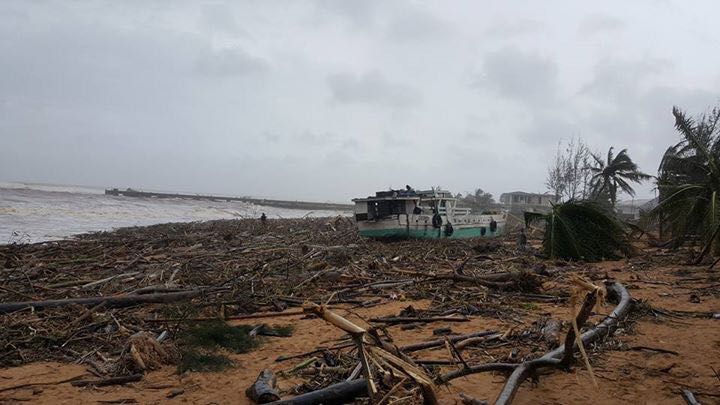
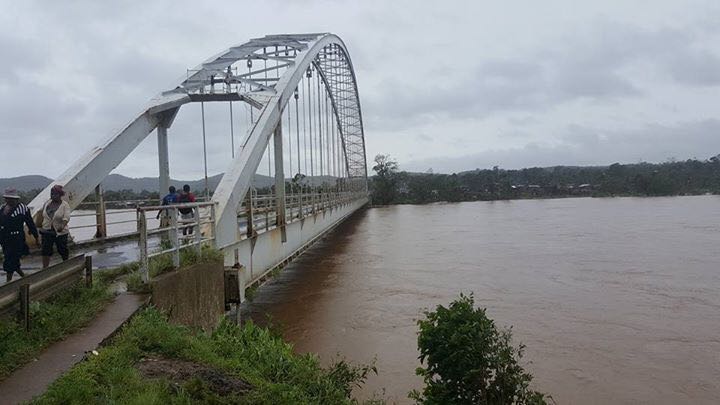
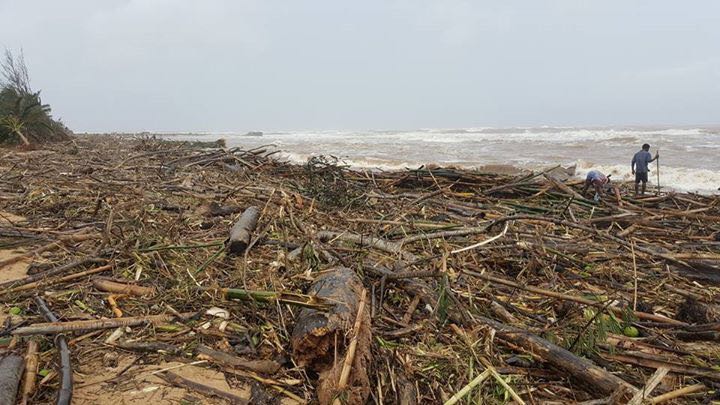
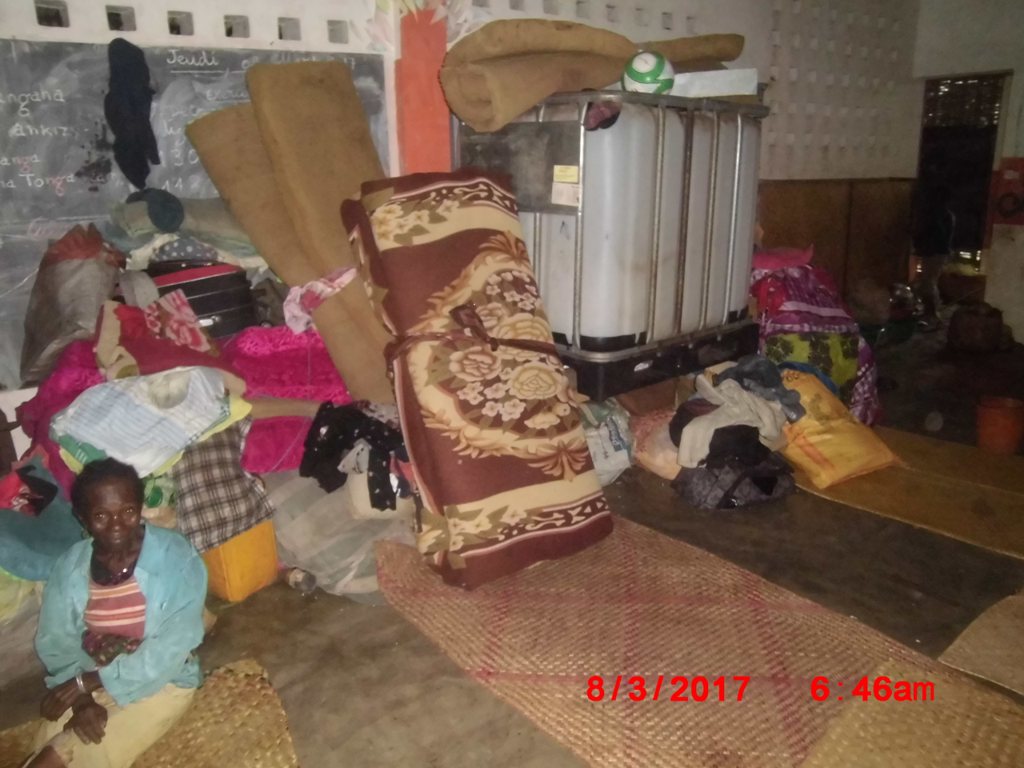
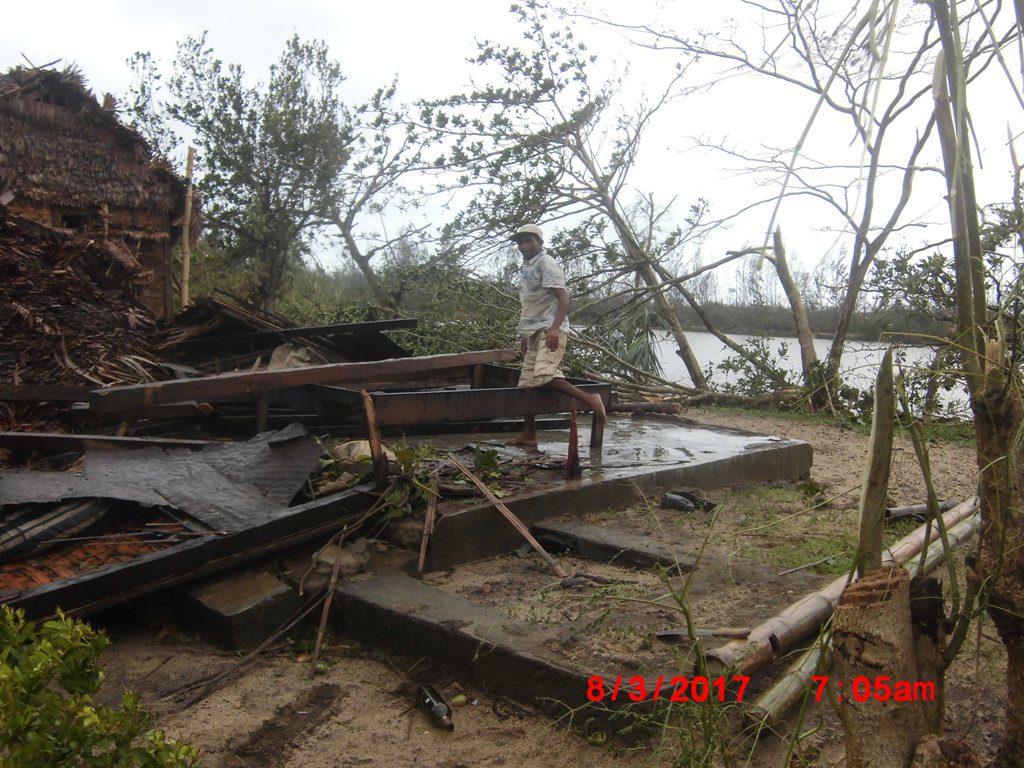
Recent Comments